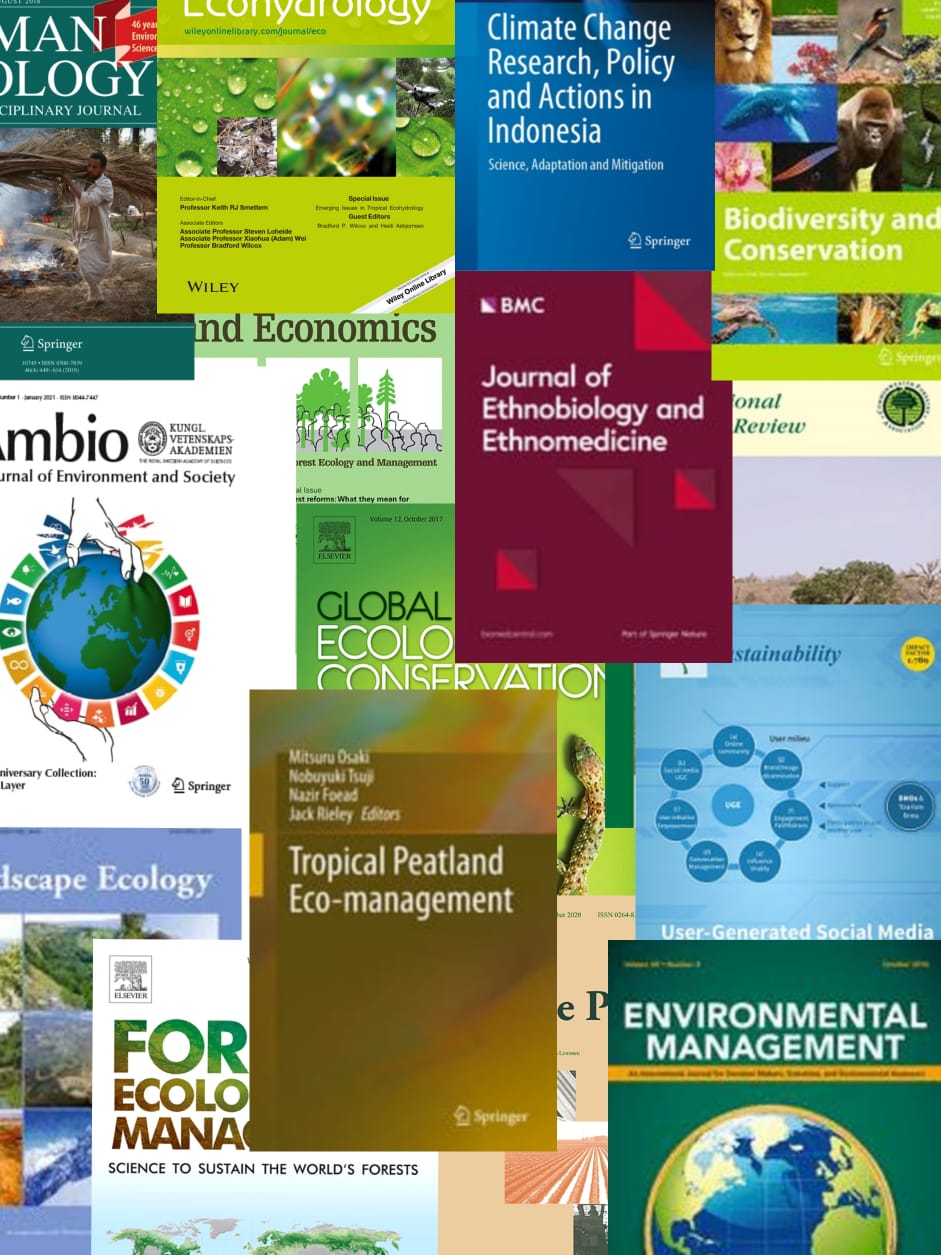Tropical peat swamp forests (TPSFs) are found mainly in Southeast Asia and especially Indonesia. A total of 61% were lost between 1990 and 2015 and 6% remained in a pristine condition by 2015. Tropical peat swamps store vast amounts of carbon in their peat, but peat degradation, through drainage and fire, leads to high greenhouse gas emissions. This is gaining much international attention and, with it, policy initiatives and funding for restoration from local to landscape scales are being promoted. Unfortunately, although there is a now strong desire and need for TPSF restoration, methods are lacking. Ecological understanding is still at an early stage, and, even more so, in its applied use. There is an imbalance between the activities of TPSF restoration and sound ecological application. Furthermore, while many activities are underway and knowledge is being gained, these techniques are yet to be published. This article has been written to provide a common-sense, practical guide to tropical peatland forest restoration which summarizes what we know to date, while acknowledging the gaps in our understanding. Topics covered include species selection, land assessment, land selection, and appropriate nursery, transplanting, and monitoring methods. The authors make no apologies that in places this reads like a manual as, given the importance of tropical peatland recovery and the recent attention and funding opportunities available, it is essential we now provide techniques to restoration practitioners working on the ground, and a basic common-sense approach must be the starting point.
View source

